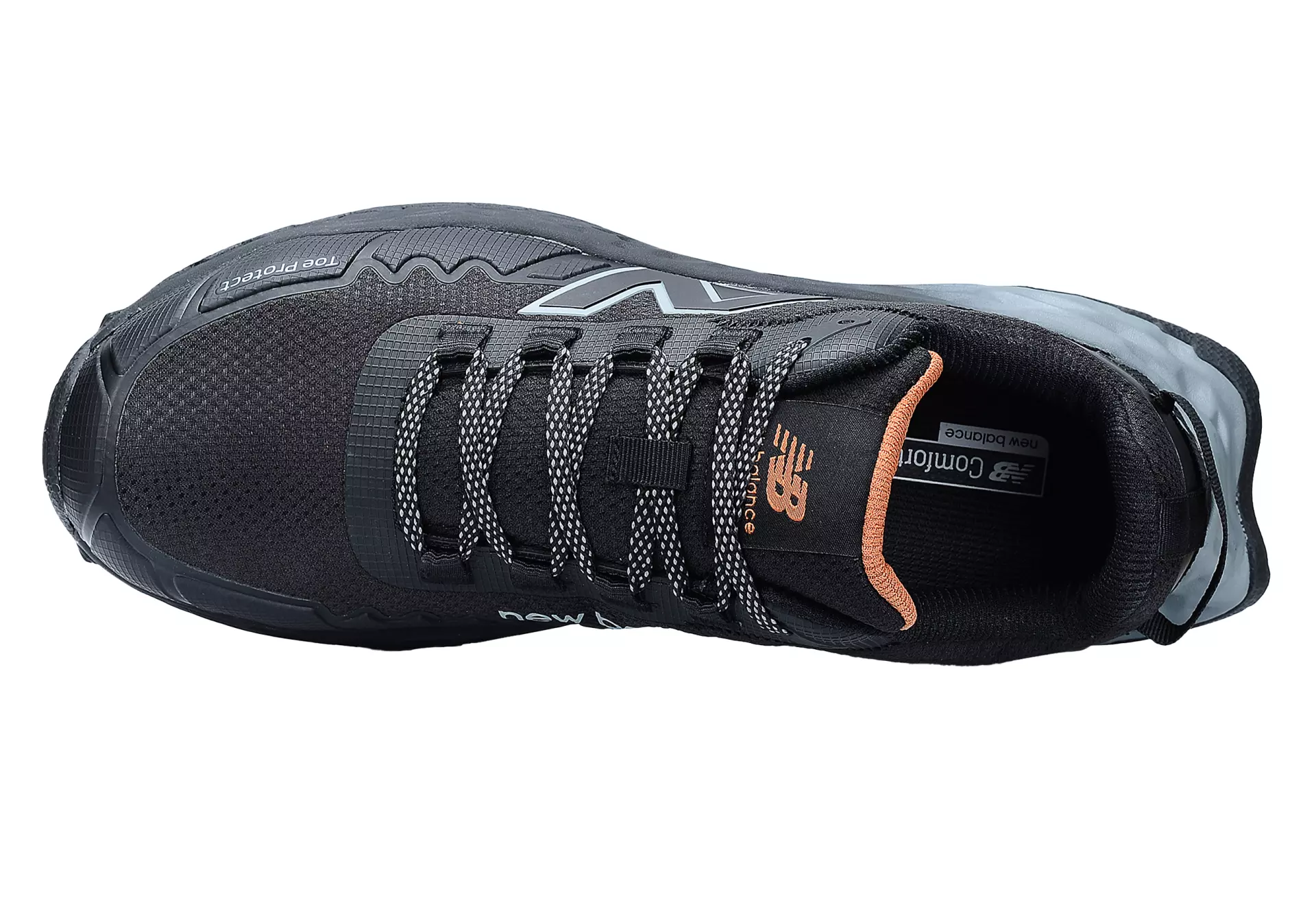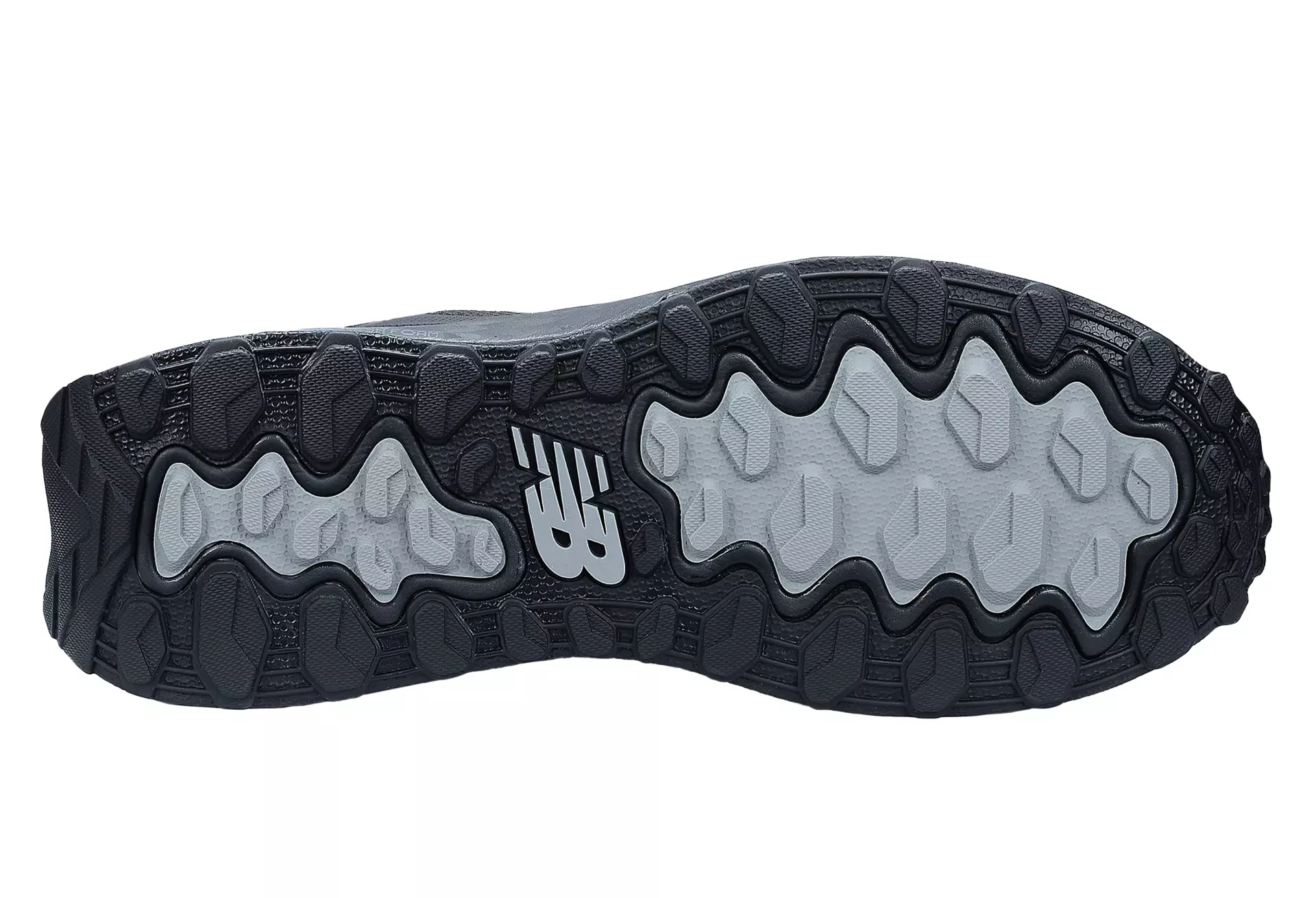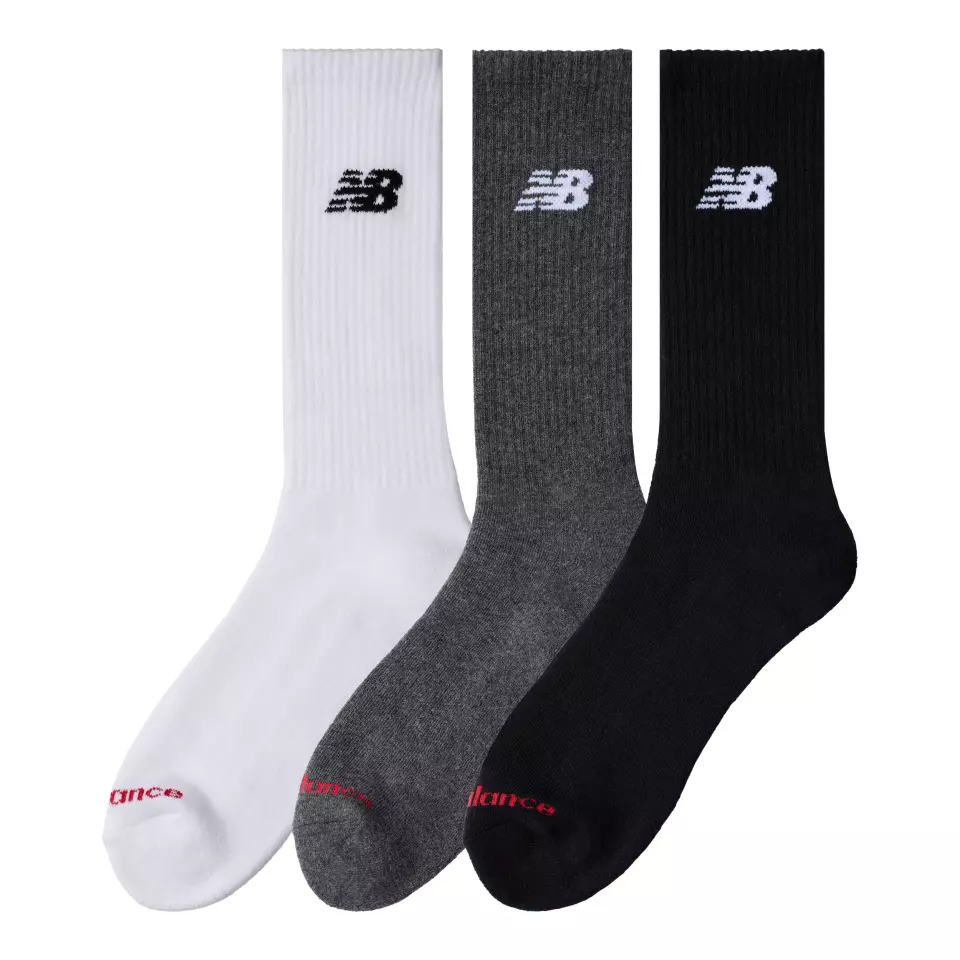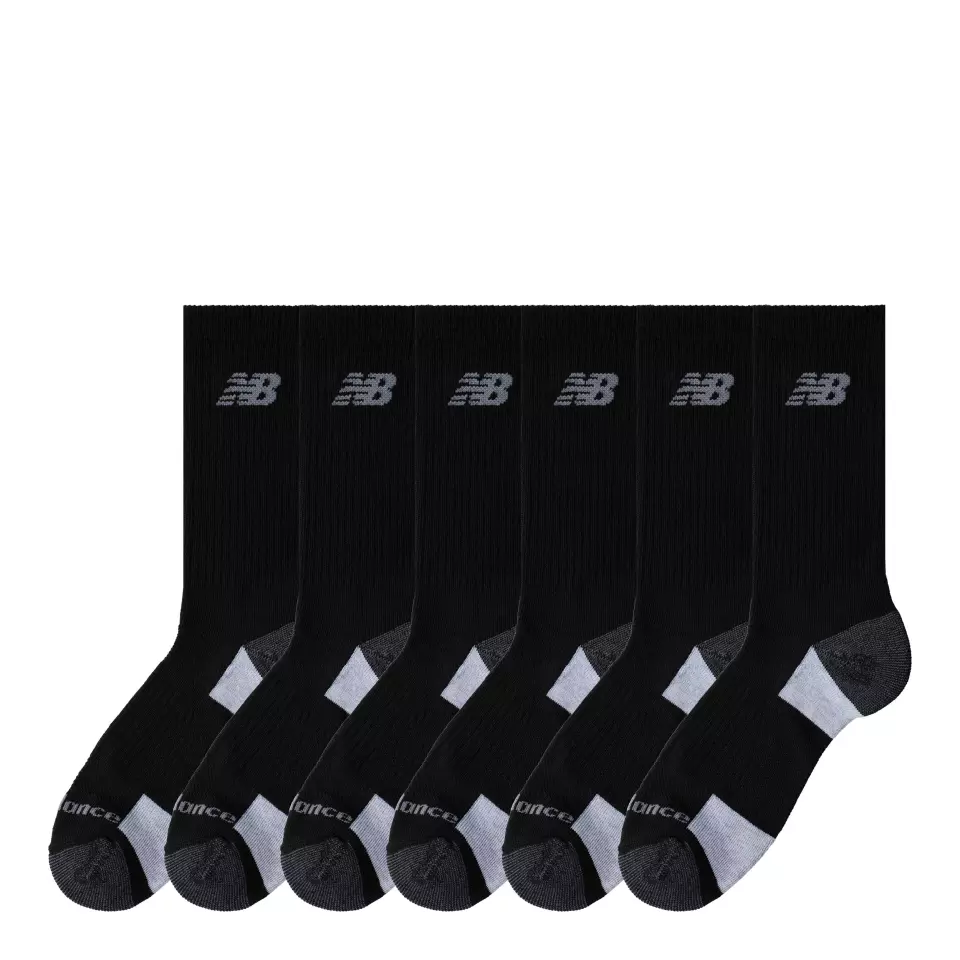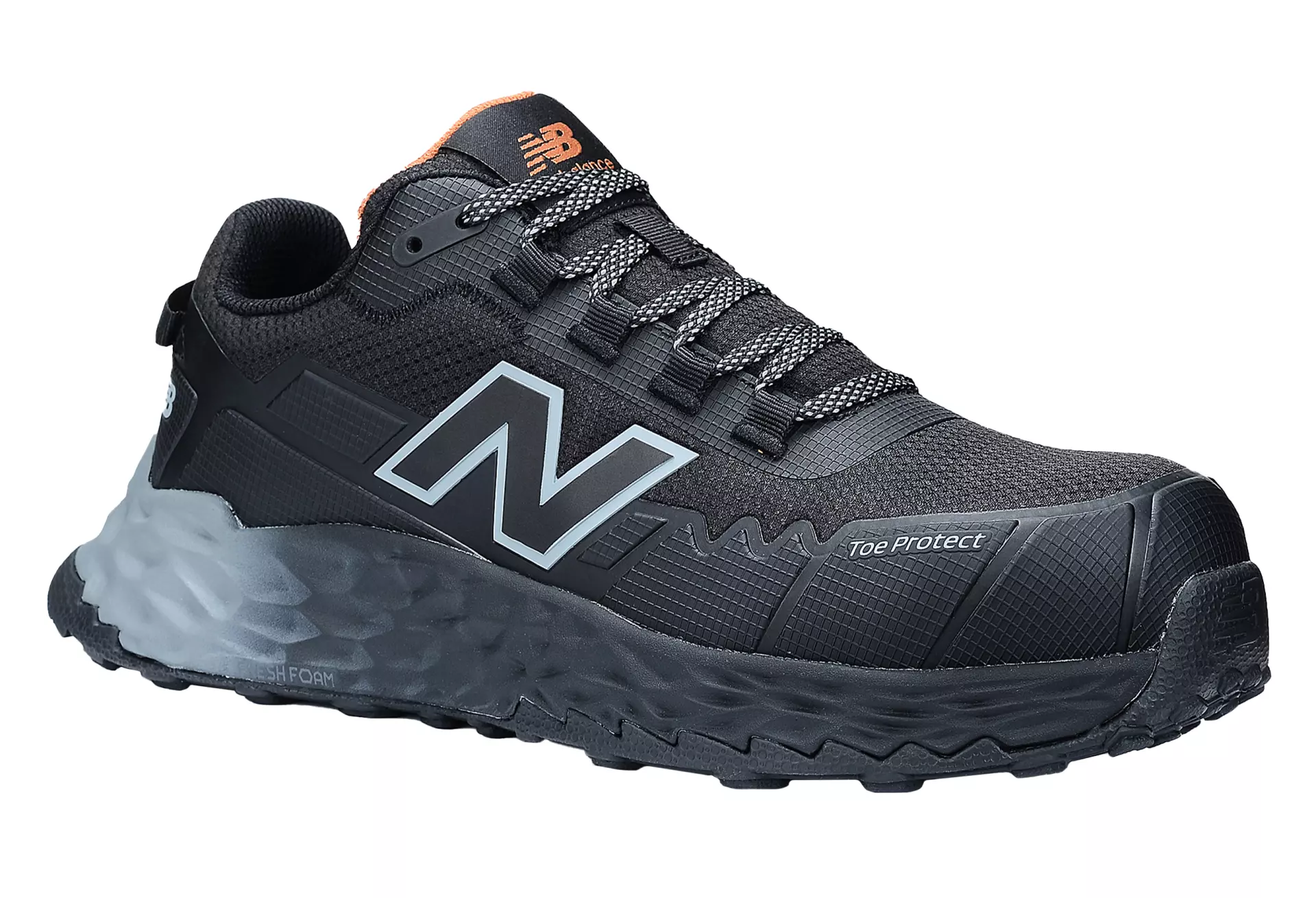
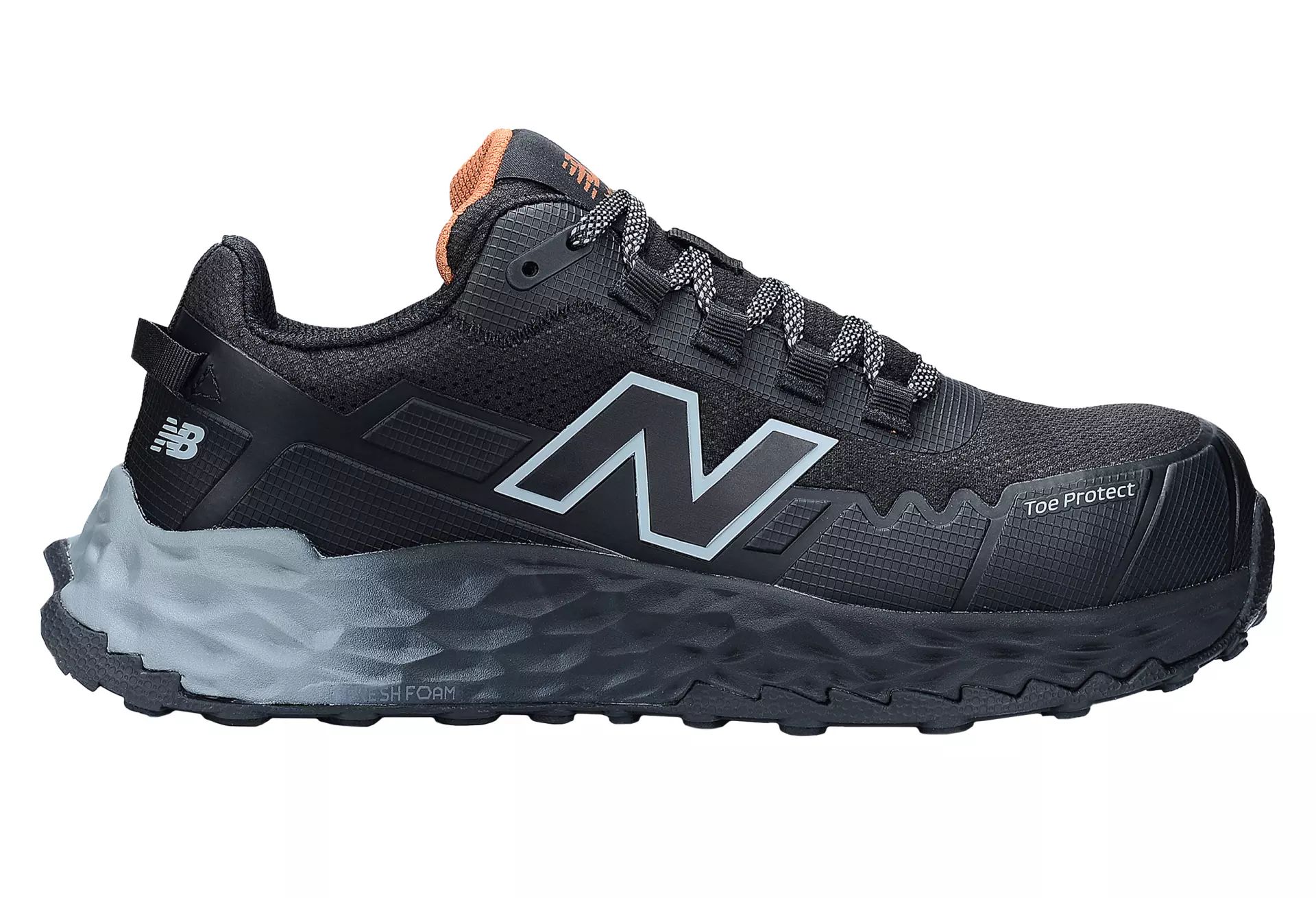
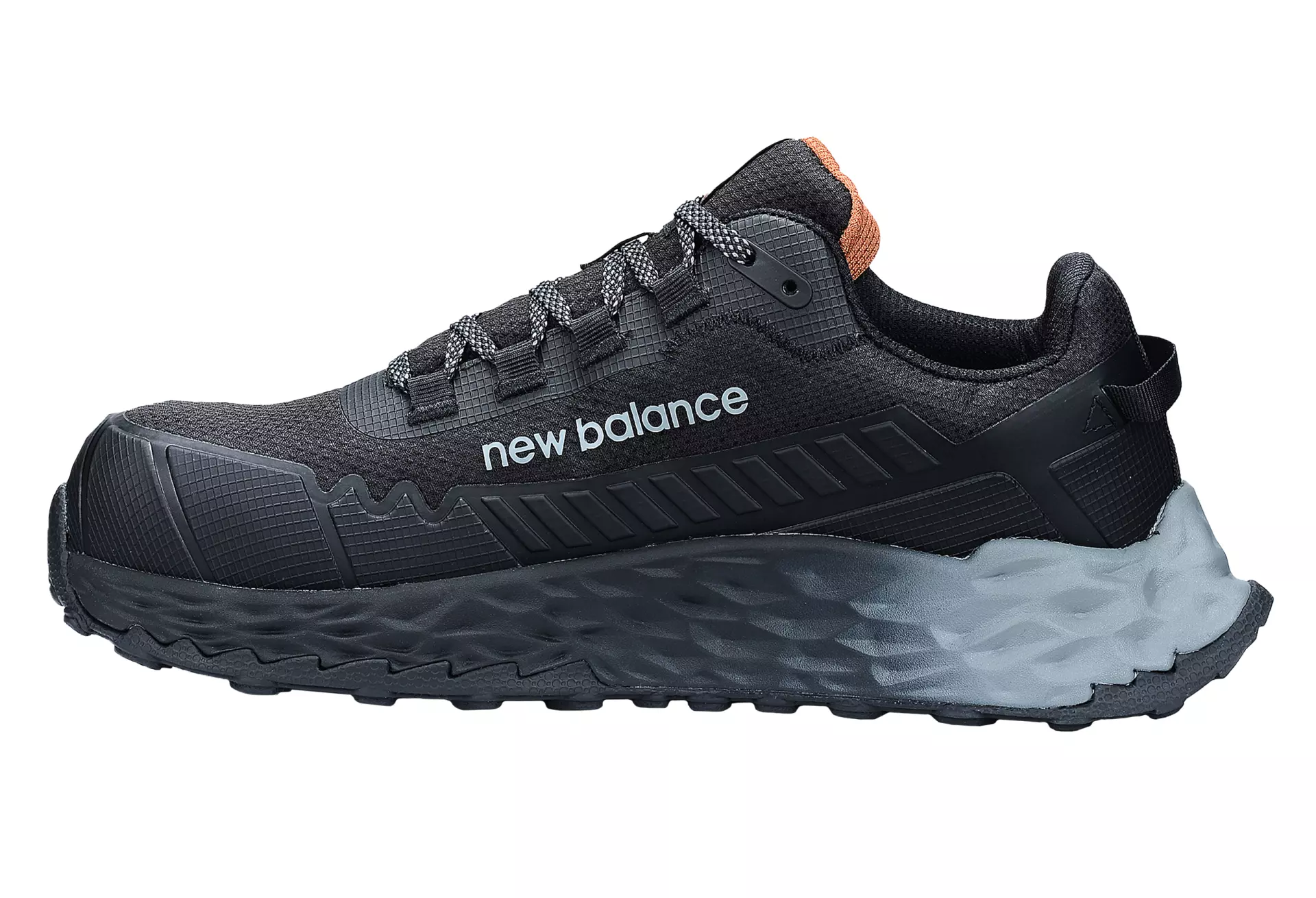
Features You'll Love
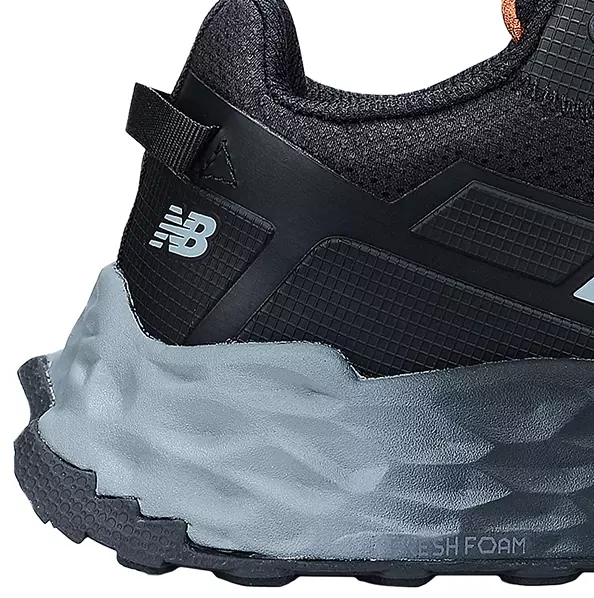
New Balance’s Fresh Foam cushions every step, bringing running-shoe comfort to work.
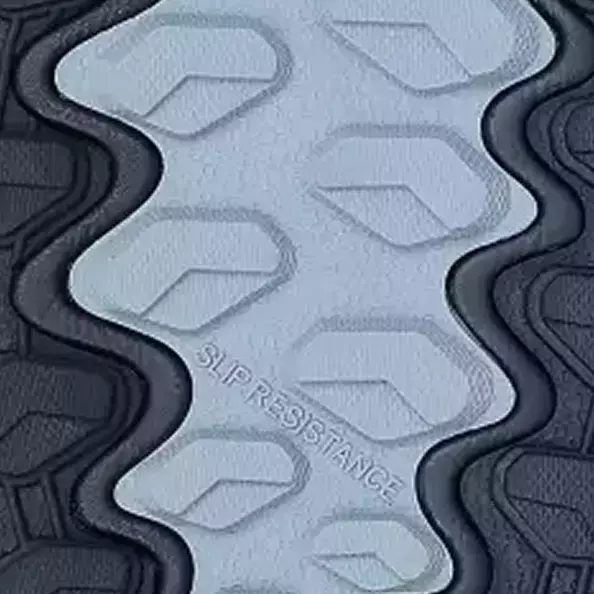
The slip-resistant outsole keeps you steady and confident on wet or oily floors.

Breathable mesh upper keeps your feet cool and dry during long shifts.
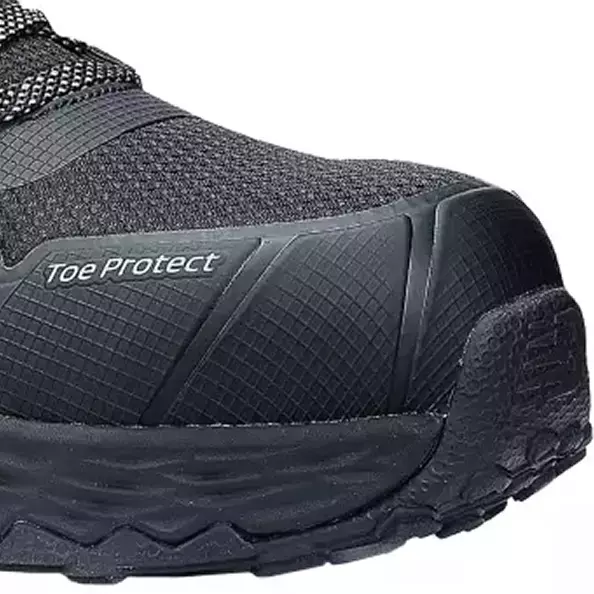
The lightweight, metal-free fiberglass toe cap protects you while keeping every step light.
New Balance
Cremorne Womens Safety shoes S3L, black / grey
Cremorne Womens Safety shoes S3L, black / grey
4.8 / 5
135,66 €
Choose size
Out of stock
Free delivery
Features You'll Love

New Balance’s Fresh Foam cushions every step, bringing running-shoe comfort to work.

The slip-resistant outsole keeps you steady and confident on wet or oily floors.

Breathable mesh upper keeps your feet cool and dry during long shifts.

The lightweight, metal-free fiberglass toe cap protects you while keeping every step light.
Product description
Professional women's safety footwear combining Fresh Foam midsole technology with comprehensive workplace protection requirements. This metal-free design features a fibreglass toe cap and slip-resistant, heat-resistant outsole, delivering optimal cushioning and flexibility for extended work periods. The lightweight construction incorporates ESD capability and puncture resistance while maintaining comfort through specialized insoles and ergonomic support features.
Product Features:
- Fresh Foam midsole technology for enhanced cushioning and lightweight feel
- Fibreglass toe cap for protection without metal components
- Puncture-resistant construction
- ESD-capable for electrostatic discharge protection
- Comfort insoles for enhanced wearing experience
Technical Details:
- Heat-resistant outsole (up to 300°C for at least 60 seconds)
- Slip-resistant outsole with SR rating
- Heel support for improved stability
- Pull loop for easy on and off
- PPE risk category II
Standards:
- EN ISO 20345:2022, S3L HRO FO SC SR
